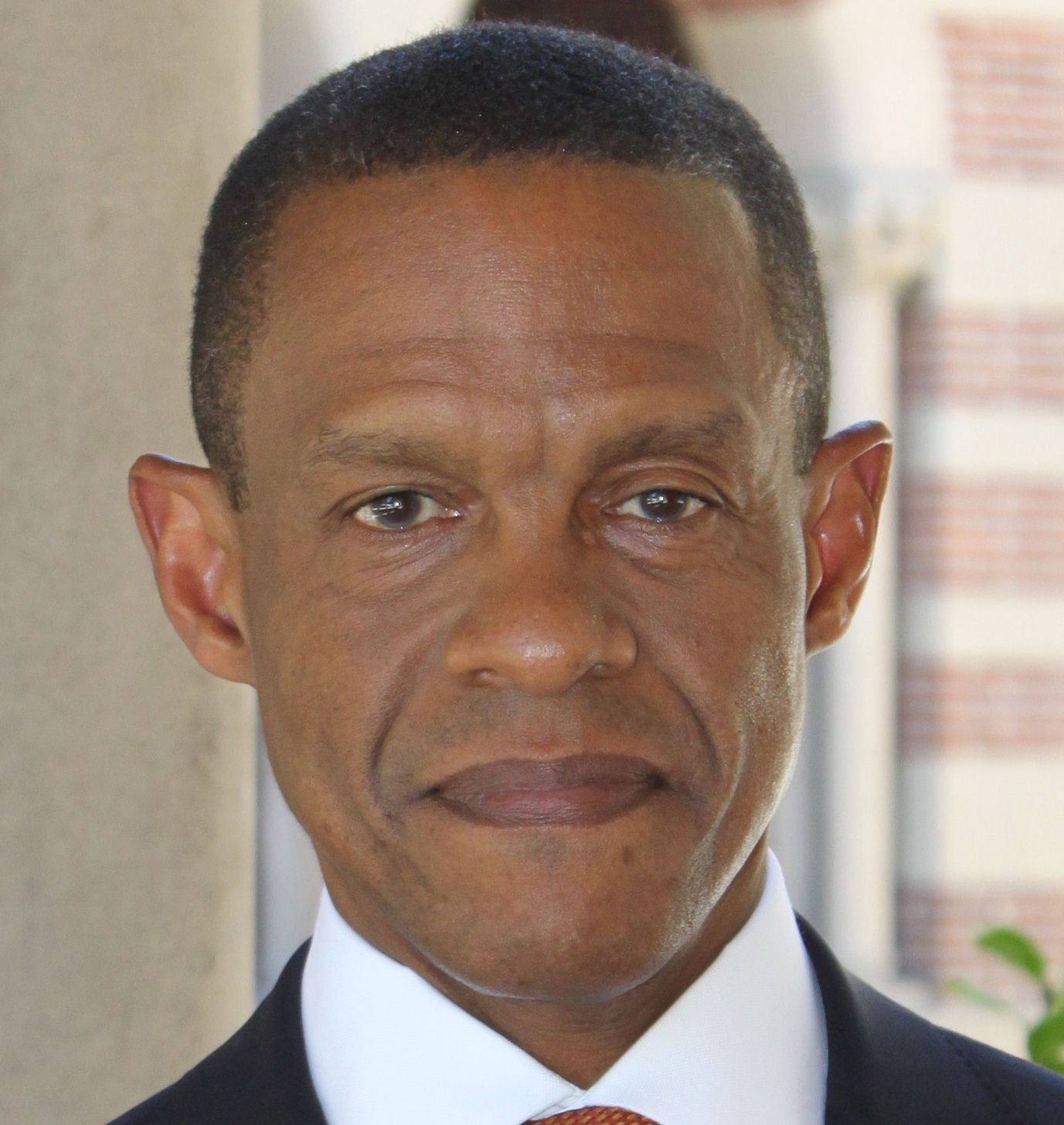There is a clear terrorism trend growing throughout the world: attacks are being committed by citizens in the countries or regions in which they were born or raised. The latest example is that of Salman Abedi, who killed 22 people and injured dozens more outside the Manchester Arena, in the city where he was born. ISIS claimed Abedi as one of its “soldiers,” but that does not change the evident fact that Abedi attacked at home in the place he knew best, as homegrown extremists usually do.
British authorities continue their investigation into Abedi and the possible network of individuals who facilitated his atrocity. Meanwhile in the United States, our adversaries have been troublingly quiet for several months, which could lure the public into a sense of complacency, forgetting the extreme threat environment in which we all live. The attack in Manchester is an important reminder that radicalization to violence is a phenomenon that can occur anytime and anywhere, and while law enforcement and counterterrorism professionals seek to uncover looming plots, an informed and aware public is an essential element in America’s overall resilience to terrorism. The question is, what are the warning signs of radicalization that should compel a concerned citizen to take notice and speak up?
As a term, radicalization is often overused and misunderstood. While commonly associated with Muslim extremism in mass media and the public square, as I explained in my book Homegrown Violent Extremism, radicalization is not limited to one ideology. Right-wing extremists, anti-government adherents, racial supremacists—people embracing these ideologies and many others transverse the radicalization pathway on their journey to hate and ultimately to violence.
But the radicalization pathway is not a linear process with easily identifiable warning signs along the way. It can be different for every extremist, which frustrates any attempts to craft a one-size-fits-all profile for susceptibility to violent extremism. Empirical research has repeatedly concluded that there is no terrorist profile. Each individual is different, and the radicalization process occurs in a complex and changing social and psychological landscape. The conditions and ideas that lead one person to embrace violent extremism may not do so for another. While there is no terrorist checklist, there are some common experiences for people who ultimately engage in terrorism.
In general, attackers may isolate themselves, in part to stay “off the grid” but also because of a sense of alienation (given religious, cultural, political or moral differences vis-à-vis the extremist’s environment). For example, the recruitment and radicalization process in Minneapolis, Minnesota—which has seen several residents attempt to support or join a foreign terrorist group—has in the past capitalized on an individual’s perception of Islamophobia to cultivate a more intense religious identity that demands violent action. Or consider the simple statement of the Boston Marathon bomber Tamerlan Tsarnaev, who said, “I don’t have a single American friend. I don’t understand them.”
There are other commonalities between activities and expressions that precede an attack. Homegrown extremists may have a history of criminality, such as drug use or petty crimes. This was the case for Abedi, for some of the terrorists who took part in the Paris and Brussels attacks, and in the United States, for Dzhokhar Tsarnaev, who was known to smoke and sell marijuana.
Assailants often become more political in their speech and interpretation of national and global affairs. They may show an uncharacteristic disinterest in activities, like school or hobbies. And there may be statements or other indications of a growing intolerance for those who do not support their beliefs, such as in disagreements with family members or friends. Intolerance can also manifest as discriminatory behavior towards “others;” that is, anyone of a different race, religion, ethnicity or political connection. Conversely, someone on the radicalization pathway may seek out likeminded individuals, particularly online via social media or extremist websites.
While some or all of these indicators can be identified in cases of violent extremism, they are not conclusive evidence of evil intent, nor can they be applied broadly as a way of identifying who will commit a terrorist act. Indeed, terrorists are often only identified after a violent incident. More challenging still for the counterterrorism community is that extremist thinking is not only legal in the United States, it is constitutionally protected. Only when extremist ideas compel one to violent action can law enforcement and others step in.
For the public, the lesson from Manchester is that the terrorist threat is as present today as it has ever been, and the greatest threat stems not from a terrorist group operating in a war-torn region but from disenchanted, confused and angry fellow citizens. Our task is to be vigilant and aware of the indicators that might reveal someone is heading down a dark path. Ultimately, the best case scenario is that community stakeholders, supported by a variety of disciplines, can intervene and lead an individual away from their violent trajectory. Our goal as a nation should be to not just thwart terrorist plots but to find ways to prevent Americans from becoming violent extremists.


